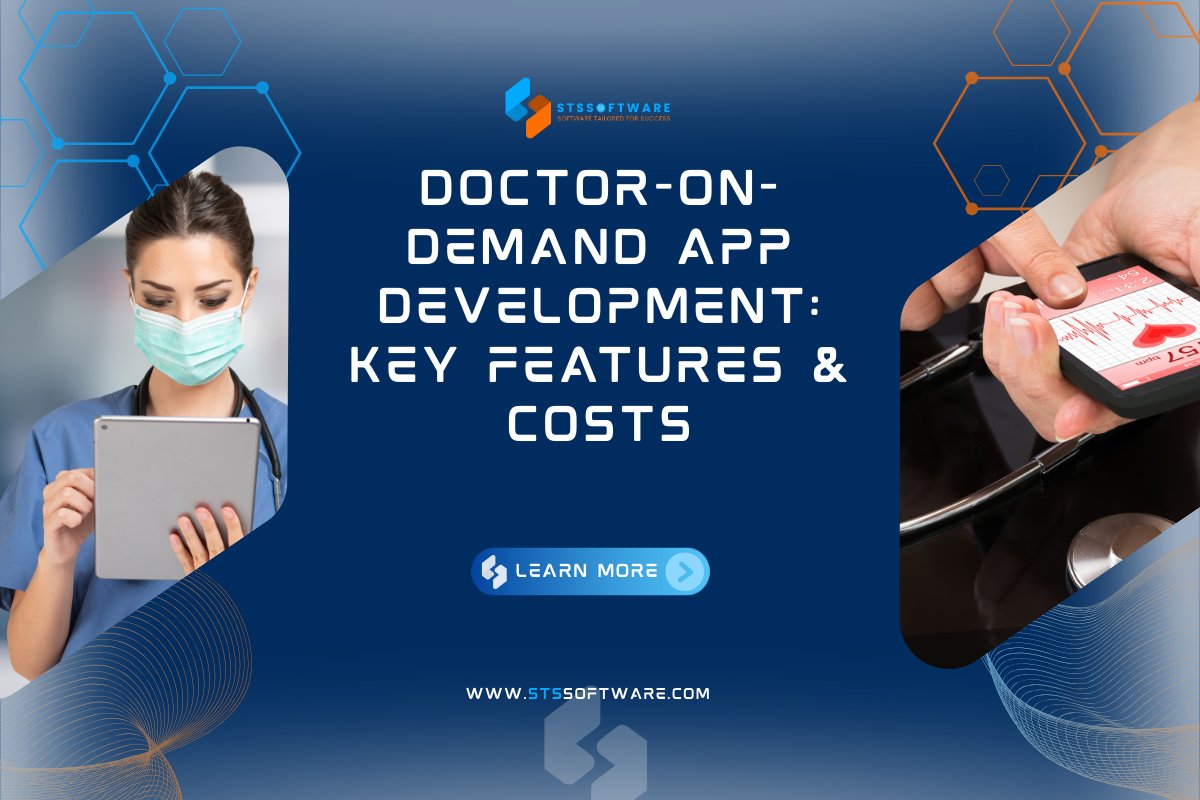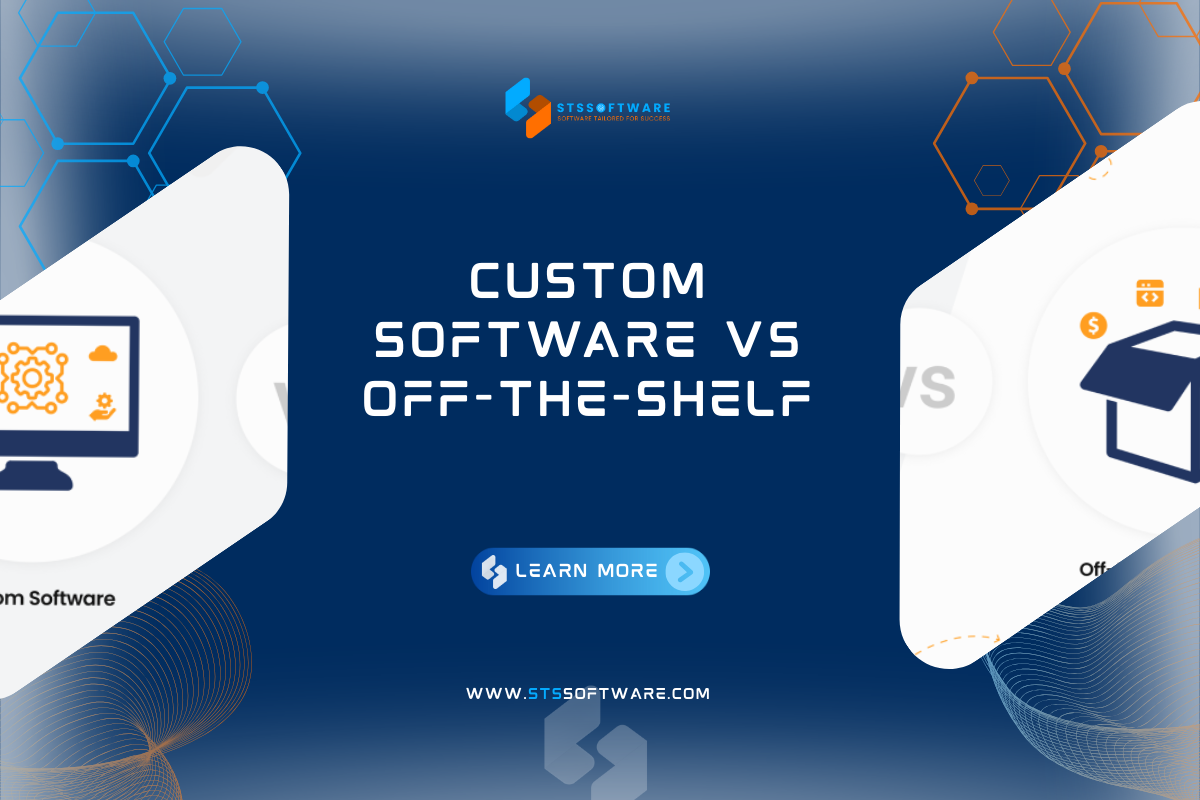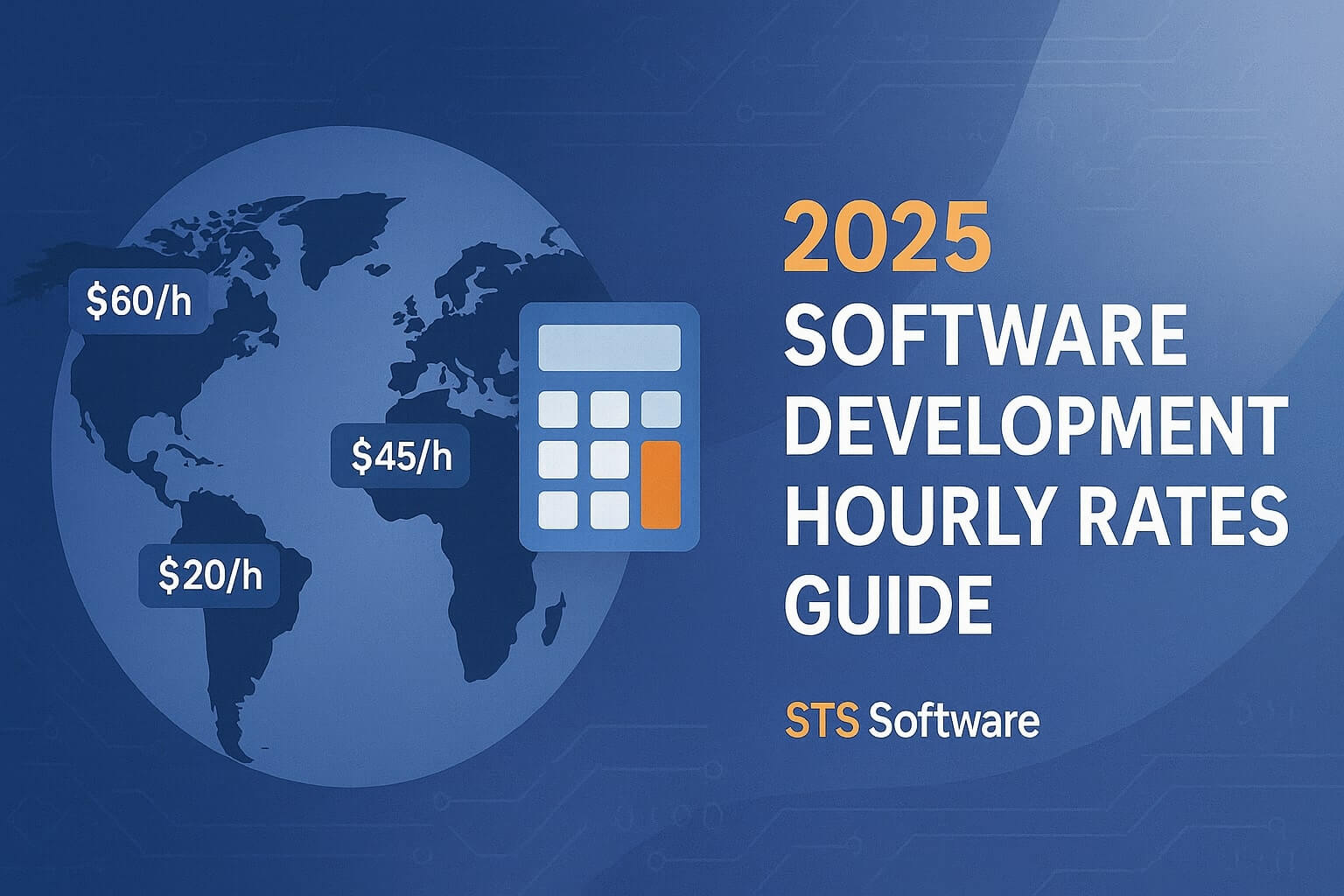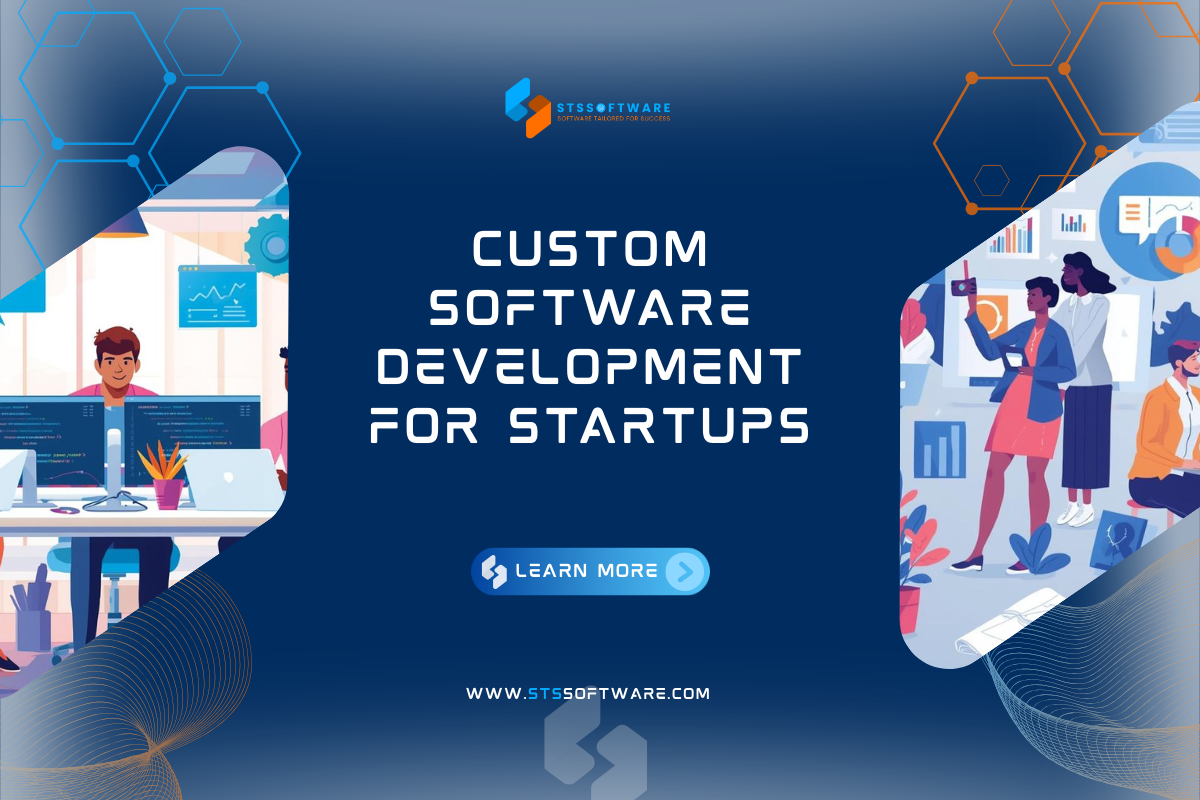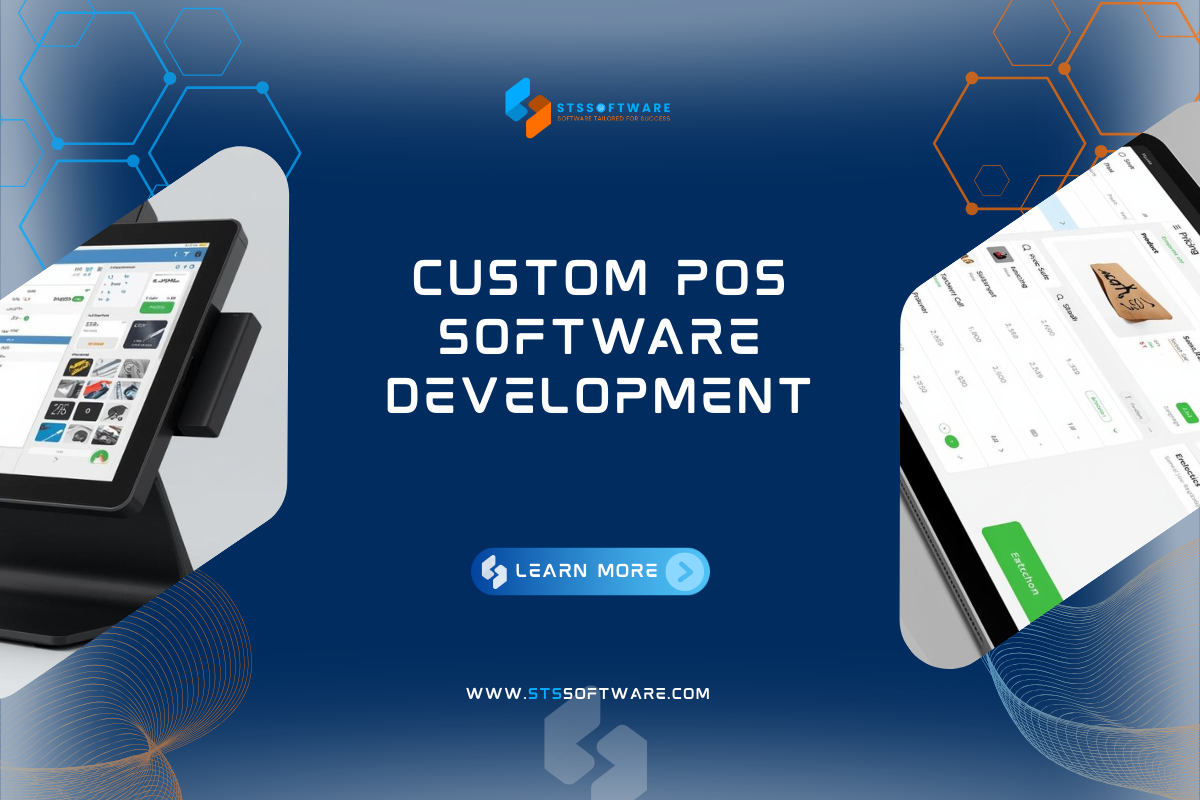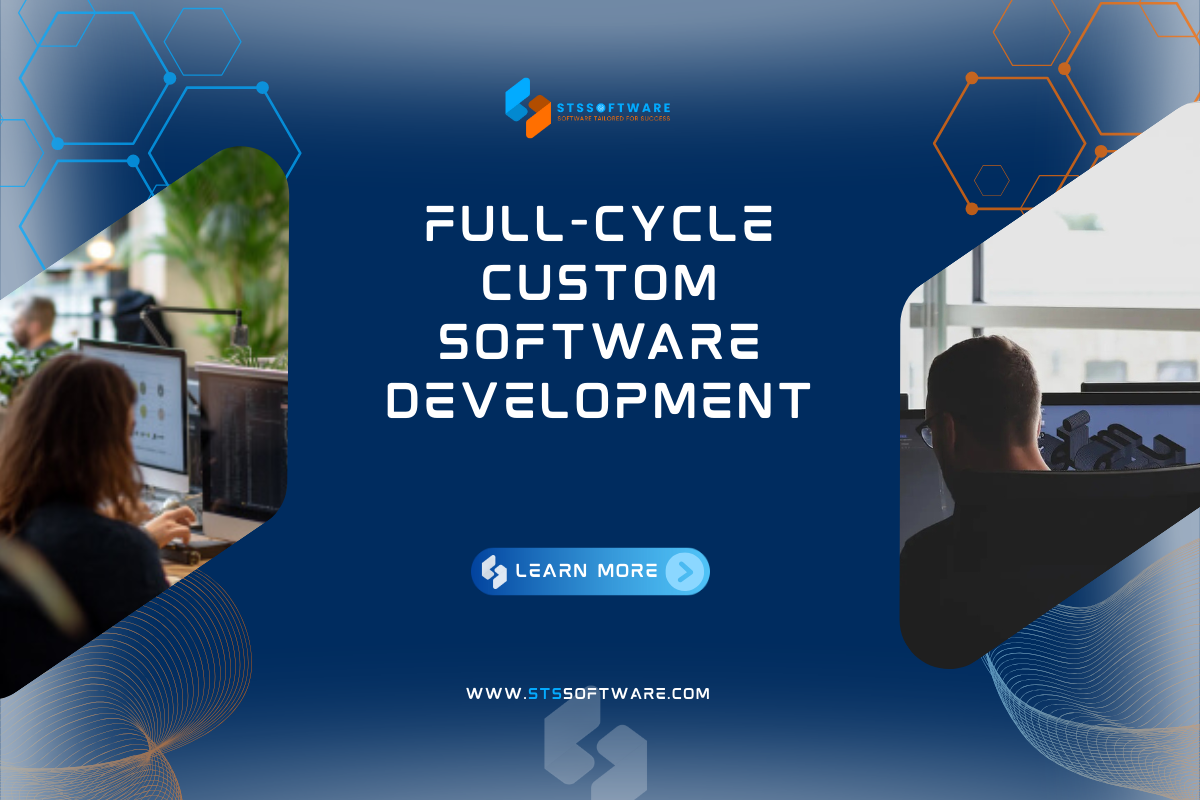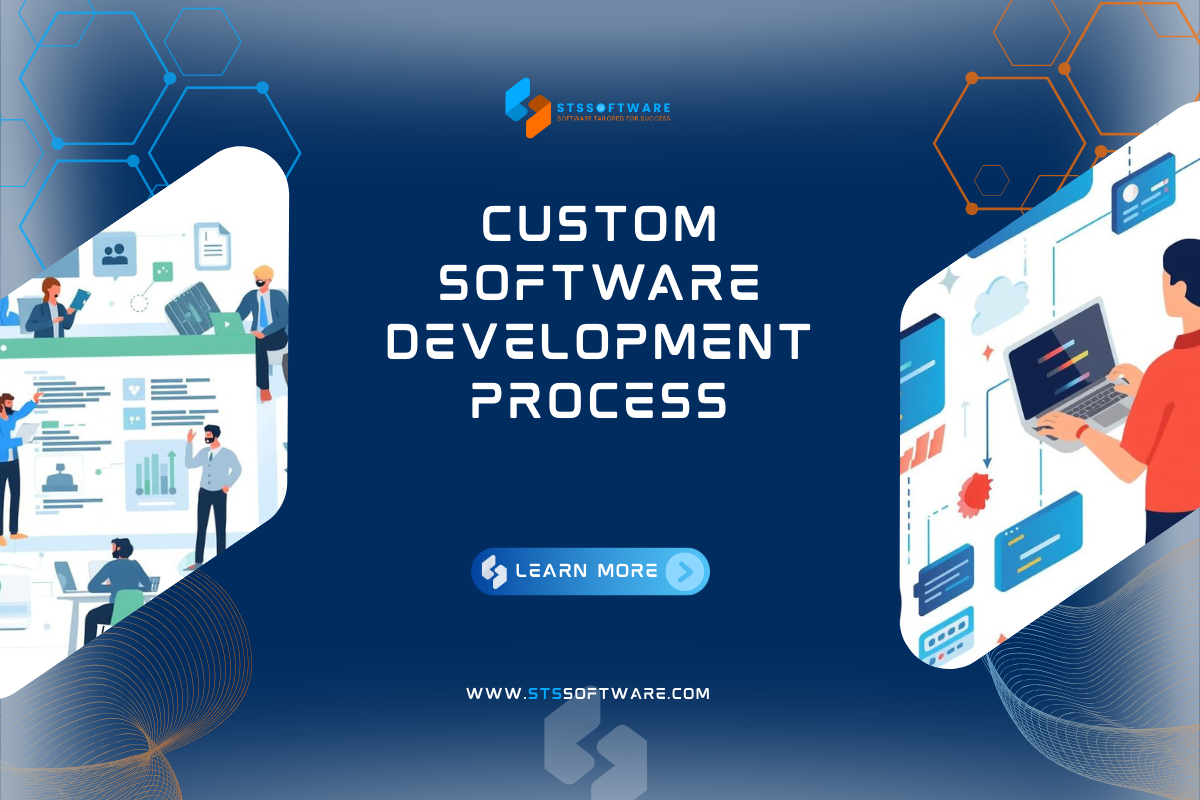Doctor-on-demand app development is booming. In 2024, over 116 million people used these services. According to PYMNTS, doctor-on-demand is leading the way, taking the first place in the Provider Ranking of Telemedicine Apps.
Want to enter the telemedicine app development market? Now is the perfect time! This article covers everything to learn about in the industry, including essential features for a doctor-on-demand app and a complete process. Let’s discover!
What is a Doctor-on-Demand App?
A doctor-on-demand app is a tool that connects patients with doctors. Users can access care anytime, anywhere, right from their devices. On demand doctor app development aims to make clinical support more accessible.
An online doctor consultation app offers tons of benefits. People can talk to doctors without traveling, which is perfect for those with busy schedules or living in remote areas. Moreover, virtual consultations usually cost less than traditional clinic visits. Clinics can then earn more by saving on space, staff, and time.
Essential Features for Doctor on Demand Applications
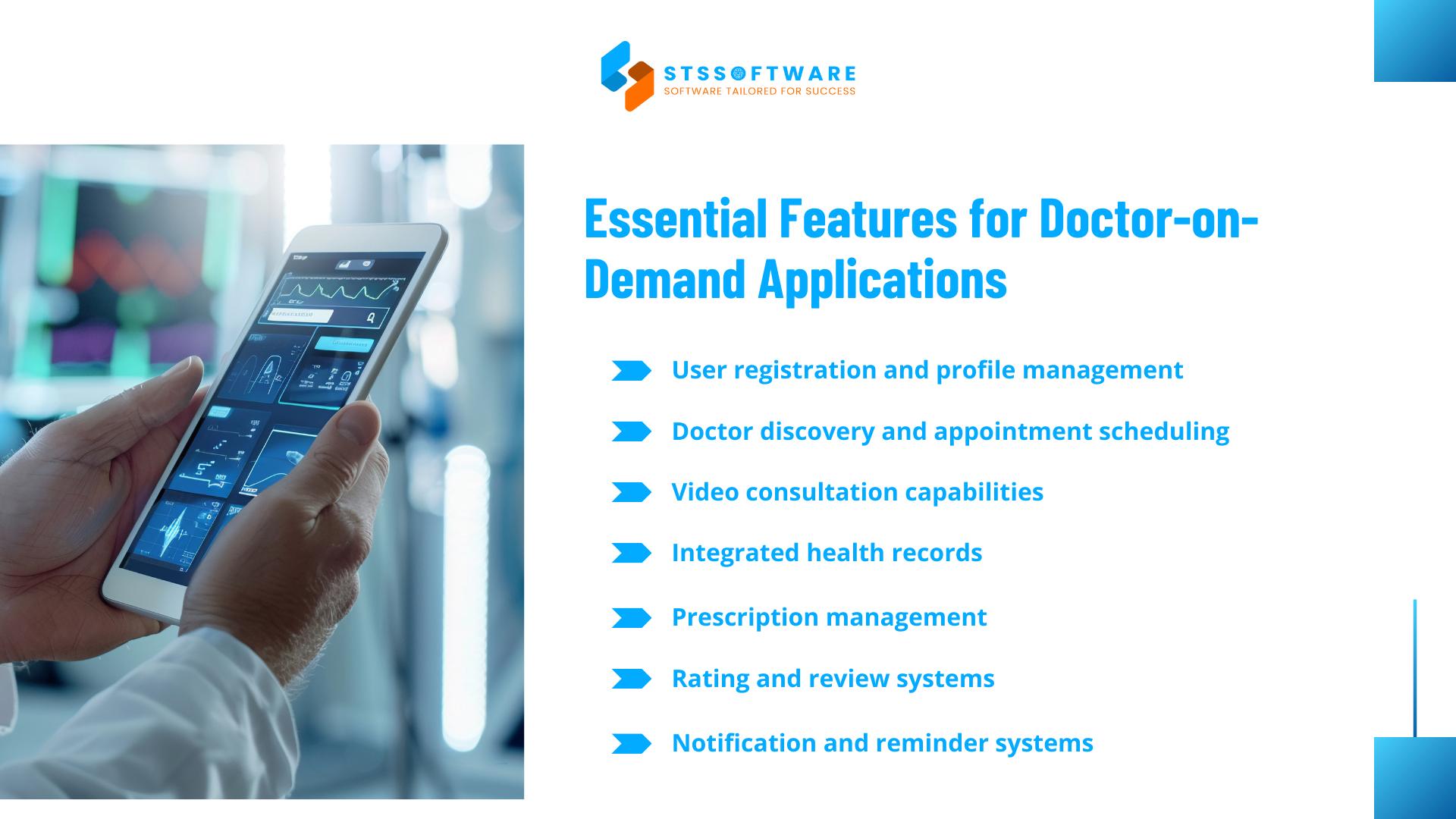
Doctor-on-demand app development connects patients to clinics. To achieve this goal, those apps come with various functionalities. Here are some must-have doctor appointment app features:
- User registration and profile management: Patients sign up and input their health information. Then, doctors use this data to customize their care plans.
- Doctor discovery and appointment scheduling: Patients search for doctors and clinics. They can also book or cancel visits. Admin tasks become smoother and more efficient.
- Video consultation capabilities: Doctors and patients talk face-to-face online, making it easy to receive care without visiting the clinic.
- Integrated health records: The app saves users’ medical data. Doctors can check it to deliver improved and quicker treatment.
- Secure payment processing: Transactions are fast and safe. Clinics can avoid billing delays.
- Prescription management: After consultations, patients view and save prescriptions. Doctors can give medications digitally with ease.
- Rating and review systems: Patients leave feedback about their experience. Based on that, the app improves its service quality and builds trust.
- Notification and reminder systems: Patients and doctors receive automatic notifications for appointments. This way, they never miss a session.
Technical Requirements and Technology Stack
Technology is key to doctor-on-demand app development. Let’s see what such an app needs for a robust performance.
Frontend and backend technologies
Frontend development ensures a smooth app interface. React Native lets you build apps for different platforms with a shared codebase. Need a native app? Java is best for Android. Swift works well for iOS. You can also use ReactJS to develop web apps.
The backend powers everything behind the scenes. Laravel is a popular go-to because of its simple syntax. Meanwhile, Node.js handles real-time functionalities better. Another option is ASP.NET, which scales well and has strong enterprise features.
Database requirements
MySQL stores structured patient data efficiently. If you work with flexible data types, consider MongoDB. PostgreSQL works well, too, for handling complex queries and vast datasets.
Video streaming capabilities
For remote care, video tools are essential. Twilio allows both sides to connect via voice or video directly in the app. Meanwhile, WebRTC APIs enable smooth in-browser sessions.
Security and compliance infrastructure
In healthcare app development, securing health records is a must. You must meet strict medical standards like HIPAA. Besides, you can use testing tools like Appium to catch bugs early. TestFlight is also helpful for this task.
API integrations
Payments in these apps should be simple. Stripe and PayPal are ideal for easy checkouts. These global payment options offer secure and fast transactions.
Step-by-Step Doctor-on-demand App Development Process
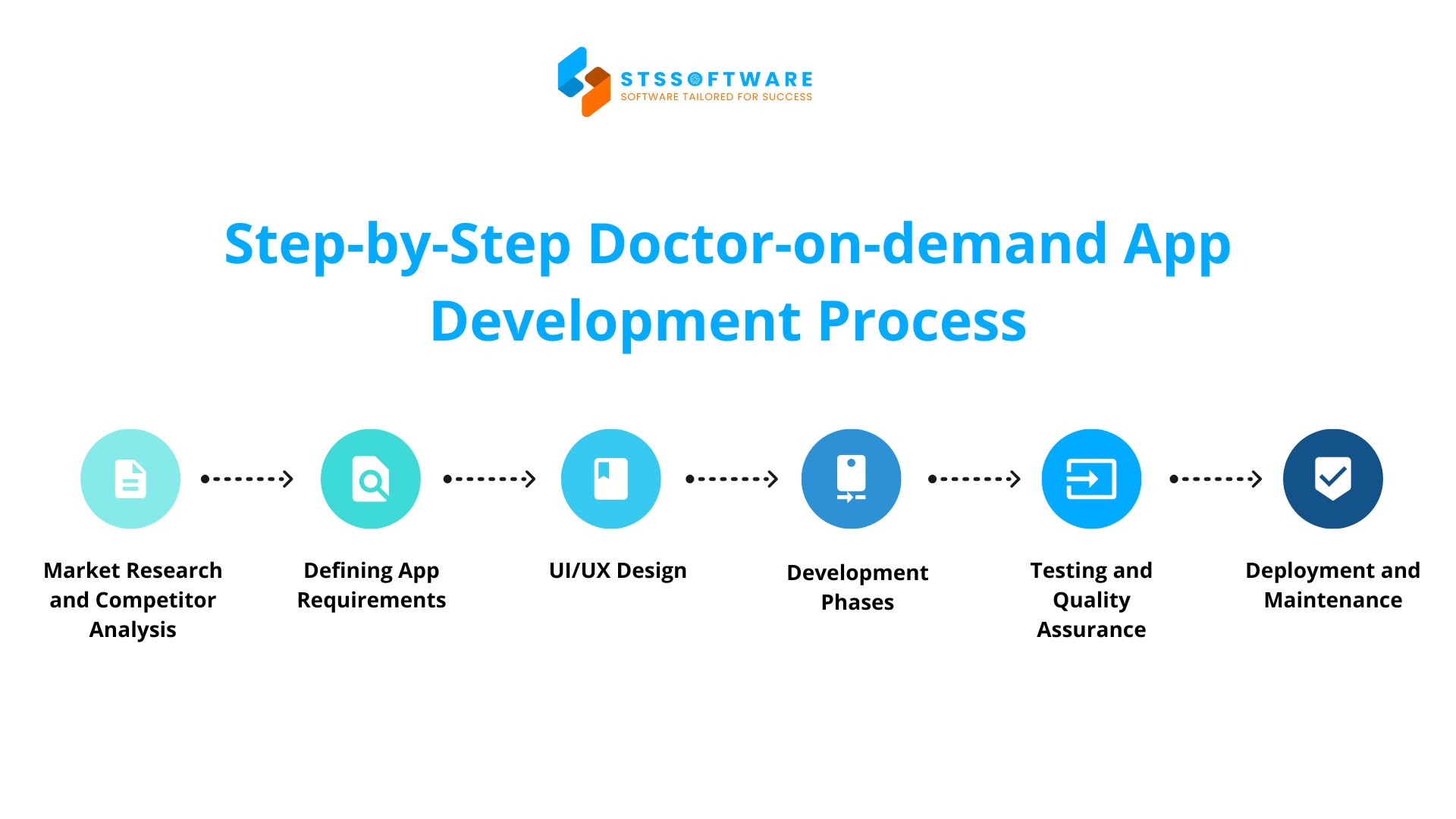
On-demand doctor app development is a step-by-step journey. Each phase matters. Let’s see what you will do!
Market Research and Competitor Analysis
To start, study your target users and what they expect from your app. You should also analyze top competitors to learn what works and what doesn’t. This way, you can figure out what gives you an edge.
Defining App Requirements
Next, outline the features your app needs. The features we mention above are must-haves. However, you can add and remove any of them, depending on the study you conduct in step 1. This phase also involves choosing a tech stack and sketching user flows.
UI/UX Design
This stage is where your app takes shape. The interface should be clear and accessible to everyone, even non-tech users. Focus on navigation and CTAs, too. You need interactive prototypes as well. The feedback on the prototypes helps you optimize the app before moving to the development phase.
Development Phases
App development is the most time-consuming and expensive part of the whole process. You can choose the tech stack we recommend above to develop a telehealth app. It would be best to split the coding process into smaller steps to manage your project more efficiently. Then, integrate payment gateways into the app. Add communication tools, too, for better interaction between users.
Testing and Quality Assurance
Check everything works as it should across devices and platforms. Use tools to automate testing cycles. Get actual users to test the app. Their feedback can boost your success. This stage ensures a secure product for all parties.
Deployment and Maintenance
Now, your app is ready to run! Launch it in stores and share it with users. You need proper documentation and marketing here. Once your app is active, track its effectiveness. You should upgrade it based on user feedback. Ongoing support keeps it functional and robust.
Compliance and Regulatory Considerations
Doctor on demand app development requires compliance with many rules. Laws protect patient data and ensure your app works legally. Some things to consider are:
- HIPAA Compliance Requirements: First, prioritize HIPAA-compliant app development. HIPAA regulates how users store and share sensitive data. Patients should be able to see and change their information. HIPAA also has regulations on storing and sending medical data electronically.
- Data Security Measures: Good security builds trust. Your app should use encryption to safeguard data during transfer and while in storage. MFA is another effective measure. It gives users more safety by asking for more than just a password.
- Privacy Regulations: HITECH is a US law that works with HIPAA. It encourages doctors and clinics to use digital medical records in a safe way. If there is a data breach, HITECH ensures users know it. Those who break privacy rules will get fines.
- Regional Healthcare Regulations: Privacy rules can be different from region to region. For example, HIPAA applies in the US. In Europe, businesses must follow the GDPR law.
Cost Breakdown for Doctor on Demand App Development
The average cost for doctor-on-demand app development is around $40,000 to $250,000. Consider these factors to determine the exact telemedicine app cost:
- App complexity: A simple app costs less than $80,000. If you require more features, pay more, around $250,000.
- Platform: Cross-platform apps are affordable. You just need a codebase for different platforms. On the other hand, native apps require specific features, making them more expensive.
- Custom vs standard templates: Using standard templates saves you time and money. However, custom layouts deliver smoother interactions for users. Custom apps cost more as a result.
- Third-party integrations: You can add APIs to the app. Payment tools and video calls make your app more user-friendly. But integration requires extra setup and testing.
- Compliance: You must follow HIPAA rules, which increases the development cost.
- Maintenance: Your job doesn’t end at launch. You have to consider ongoing maintenance costs. Regular updates keep things smooth.
- Developer skills: Experienced developers charge more. Yet, they ensure better quality and faster delivery.
Do these costs sound a lot to you? Don’t worry! A well-built doctor-on-demand app brings you value. You save on staff and reach more patients. Ultimately, you can earn revenue faster.
Revenue Models for Doctor on Demand Apps
On-demand doctor app development brings strong returns. How can? Let us explain some profit models for your app.
Subscription Models
If you choose this strategy, you will charge users for the features they need. For example, they can take medical tests or consult a doctor. The fee is fixed and charged on a monthly or yearly basis.
Commission-Based Approaches
The app charges healthcare providers a commission for each visit they make. For example, if a patient pays $100 for a visit, the app may keep $20. This rate depends on the consultation type and the doctor’s expertise. If the patient has telehealth insurance, the fee can be lower.
Freemium Strategies
Users can use your app for free. However, it’s limited to simple features. If users want to access the advanced ones, they have to pay. This virtual healthcare revenue model encourages patients to upgrade their subscription for a better experience.
Advertisement Options
Some doctor-on-demand apps have in-app ads. Pharmaceutical businesses want to promote their products on these platforms. Patients may want to see such health-related services. As you allow those ads, you can earn money from the advertisement creators.
Challenges in Doctor on Demand App Development
Doctor-on-demand app development seems to be a promising industry, especially when demand is growing. Of course, you can enjoy many benefits. But don’t forget remote healthcare challenges!
Technical Challenges
Developing a doctor-on-demand app is tough. You need to integrate it with healthcare systems. Your app should work well with EHR and other medical management platforms. Plus, ensure connectivity. Many users come from rural areas. You have to guarantee a robust infrastructure to give them peace of mind.
Regulatory Hurdles
Healthcare is strict when it comes to data security. Thus, if you want to work in this industry, study the rules first. Then, stick to it as you develop your app. Moreover, the rules may change over time. You should keep yourself updated so that your app can stay compliant. It’s about protecting your users and avoiding punishment.
User Adoption Obstacles
Patients want to use doctor-on-demand apps for convenience. Hence, make your app easy to use. Prioritize data security, too. Users should feel safe when disclosing their information. They also want to confirm that they are interacting with real doctors. All is to build user trust.
Competition Considerations
Healthcare app development is rising. Therefore, many businesses join the trend. The key is to learn how to highlight your app’s unique strengths. Focus on what your target users really need. Plus, analyze what your competitors do well, then go one step further.
Why Choose STS Software as Your Partner for Doctor on Demand App Development
Now you know everything about doctor-on-demand app development. If you are not confident, partner with an experienced healthcare software development company for help. STS Software has your back. Why are we the right partner for your next endeavor?
- With experience dating back to 2012, STS Software knows healthcare inside out.
- Past telemedicine projects reflect our solid skills and technical know-how.
- Compliance is simple with STS Software. We follow the rules and stay updated with new audits.
- You will have dedicated support at every step. Even when your app is live, we still work to keep it in good shape.
Conclusion
On-demand doctor app development is expected to continue to grow in the future. New technologies like AI will join the industry. You can then add more advanced features to your app, making it innovative.
Excited about the future of telemedicine? Get ready now! Contact STS Software for a tailored quote. Let’s build something amazing together!



